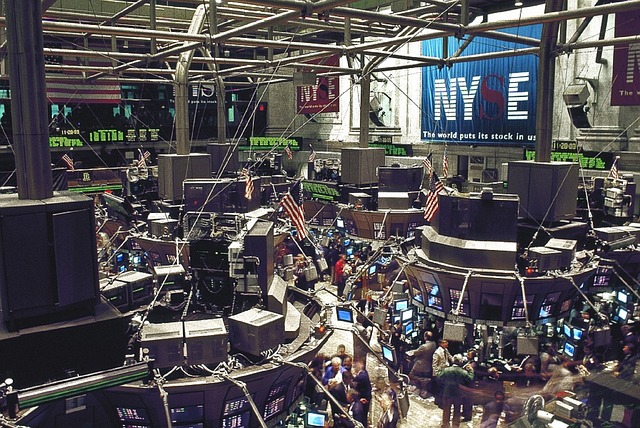Swissquote: Happy Nvidia earnings day!
Swissquote: Happy Nvidia earnings day!

Geopolitical tensions were on the headlines yesterday after Ukraine fired its first US missile to Russia after having received the green light from the White House following a two-year wait to do so. And Kremlin relaxed rules that would allow them to use nuclear weapons in case of an attack on its soil. Consequently, the session was marked by a swift flight to safety.
Gold and treasuries gained, the Swiss franc tipped a toe below the 200-DMA, and crude oil was better bid. The barrel of US crude remained short of testing the $70pb offers however, as the geopolitical-led rally brought the top sellers back to the market. The fact that most Western economies have cut their exposure to Russian oil, and the weak demand outlook from China – which buys around half of the Russia oil today - keeps the bears in a dominant position below the $70pb level.
European indices fell and major US indices kicked off yesterday on a bad mood, but the geopolitical worries gradually left their place to optimism in the US after Walmart rallied to a fresh record on higher-than-expected sales and strong outlook for the holiday season, and on hope that Nvidia would do the same today, after bell.
Risk sentiment is improved today. US and European futures hint at a positive start and demand for safe haven assets has slowed.
Nvidia
One of the most highly anticipated days of the earnings season, if not the most, the Nvidia earnings day, is finally here. Nvidia is expected to have sold for $33bn of chips last quarter: it is 10% higher than the revenue the company announced last quarter, it is more than 80% of the amount they made during the same time last year and more than five times the amount they used to make before the AI craze began at the beginning of last year.
The strong AI demand, particularly the insane demand for Nvidia’s next generation Blackwell chips - as says CEO Jensen Huang, and the robust results from TSM – that builds Nvidia’s chips – hint that the results will probably meet and hopefully beat these expectations.
Nvidia closed yesterday’s trading session at $147 per share – a touch below its ATH level, and will either extend its rally to a fresh ATH, or decline on some profit taking. The implied volatility for Nvidia shares, based on at-the-money options pricing, stood at approximately 58% for a 30-day period as of November 18 hinting at a potential move of approximately 8-10% in the share price immediately after earnings. That implies a potential move around 1-2% in S&P500, to the upside or to the downside.
But it’s hard to say that good results will lead to a good market reaction. Last quarter, the blowout results and solid outlook weren’t necessarily enough to boost the share price after the earnings announcement. Over time, and at the current valuations, investors have become harder to satisfy and increasingly worried about what could go wrong.
Blackwell delays are the most obvious thing that could go wrong. But the company had successfully tamed worries regarding the Blackwell chips at last quarter’s results. And I believe, they will do the same this time around; they will probably play down the delays that could happen for this type of technology releases and focus on the insanity of the demand. If the company could convince investors that they are making progress to meet this insane demand, the reaction will likely be positive.
Other risks involve the rising competition and a slower future demand for AI from the Big Tech. The AI demand will not die out, even if it slows. Capital continues to flow into AI startups, especially in the US, many sectors, public or private, consider AI projects to improve their productivity levels. But demand outside the Big Tech will be more granular, and the new AI customers will certainly be looking for more affordable chips than Nvidia’s expensive, premium ones. That said, Nvidia has an important card to play now, and it’s called Balckwell. Some expect the company to ship up to 100’000 of these chips in the current quarter: that would be a $7mio addition to sales revenue...
Looking at political risks, the expectation that the new Trump administration could further revive the chip war with China is not a major worry anymore, because Nvidia has a significantly smaller exposure to China today than it did before. In 2021, the company made 25% of its revenue from China. Last quarter, the revenue from China was no more than 12%. But if tariffs go beyond China, it could be an issue for Nvidia that made almost two thirds of its revenue from abroad last quarter.
